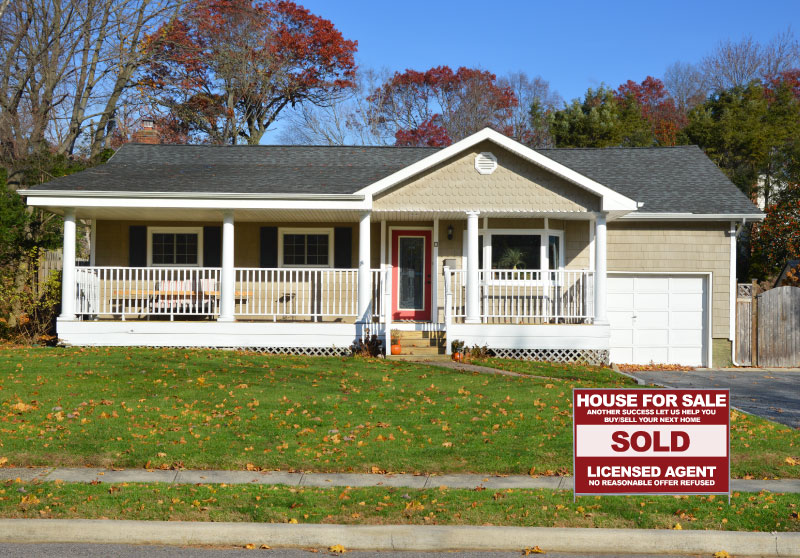
Last week, the U.S. Census Bureau released the final homeownership numbers for 2018 and indicated that Hispanic homeownership rose for the fourth consecutive year, and the gain was the largest since 2005. Hispanics are the only demographic to have its homeownership rate increase for four consecutive years. The increase is even more impressive if you consider that affordable housing inventory is extremely low in most markets and access to credit is still tight. So why is this happening? I think you have to look at three things: 1) Hispanics have not wavered in their passion for homeownership. While some people believe that Millennials don’t have the same interest in homeownership that past generations have had, there is no indication that Hispanics have lost any motivation to be homeowners. 2) Hispanics are more mobile than other population segments. In the last decade, Hispanics have migrated to communities in the Midwest and South in record numbers where housing is more affordable. 3) Hispanics are aging into their prime homebuyer years. Age and income are the most relevant metrics associated with homeownership and Hispanics are the youngest demographic in the country. If you also consider that income and educational attainment is also on the rise for Hispanics, it is clear that Hispanics will be driving homeownership gains in the U.S. for the foreseeable future.
It has been long understood that a nation of stakeholders makes for a strong union, and for that reason, closing the minority homeownership gap has been a goal and a topic of discussion for decades.
Between 2008 and 2012, more than six million people lost their homes to foreclosure, property values lost almost 40%, and non-distressed home sales fell to all-time lows. It was, without question, the worst real estate market since the great depression. Not surprisingly, the historic dip in the market was followed by a decade-long bull market, the likes of which we have never seen before. Residential real estate is a cyclical market. The...
There is a saying that goes “when the tide rolls back, you can see who is swimming naked”. When the market is strong, it covers a lot of weaknesses. With interest rates moving up, inflation on the rise, and the economy heading towards a possible recession, we’ll find out soon how solid the foundation of the real estate market has been, and more importantly, which companies and agents have built a strong, recession-proof business.
